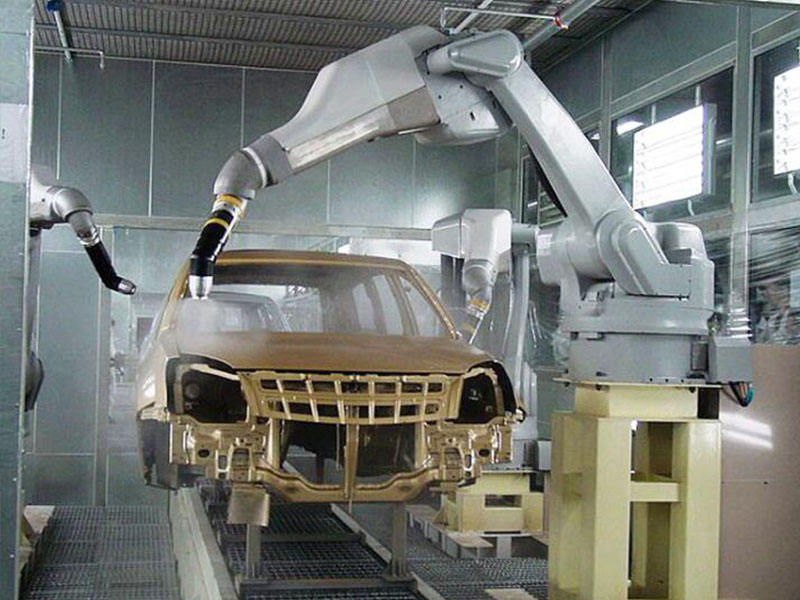China's painting industry spans various sectors, such as automobiles, construction machinery, and agricultural machinery. Additionally, the continuous emergence of new technologies, new materials, and new processes has brought fresh vitality to the coating industry.
With the advancement of science and technology and the evolving market landscape, the painting industry is encountering new challenges and opportunities. By 2024, the industry is expected to transition from traditional methods to greener, smarter, high-performance, and energy-efficient practices. The future of the painting industry looks promising.
There is an increasing trend towards the integrated development of painting and coating. An integrated business model not only enhances painting quality but also reduces manufacturing costs.

Paint products are becoming increasingly multifunctional. As the paint market evolves and new materials emerge, consumer demands for coating functionalities have risen. Composite technology is a primary method for coating manufacturers to produce various multifunctional products. The application of this technology will better cater to the specific needs of different sectors, driving rapid growth in the coating manufacturing industry.
Environmental awareness has surged nationwide. With societal progress and heightened environmental consciousness, environmental protection has become a global priority. The strides made by paint manufacturers in investing in environmental protection technology and research and development will yield significant opportunities and market prospects for these companies.
New material technology is also playing a crucial role. The adoption of new material technology can meet the market demand for high-performance coatings and enhance the core competitiveness of related enterprises.
The 2024 China International Coatings Exposition will offer valuable insights and prospects for the global coatings market. Key themes include green environmental protection and sustainable development, intelligent technology and innovative applications, cross-border cooperation and integration across various fields, market globalization, and digital transformation.

However, the painting industry also faces significant challenges.
Firstly, long-term investment has yet to take root in the domestic paint manufacturing market. Unlike the stability and maturity seen in other regions, China still lacks a leading local enterprise in paint manufacturing. Foreign investment continues to play a pivotal role. Continuous progress is essential for the domestic market.
Secondly, the sluggish real estate market has weakened demand for paint. Architectural coatings constitute a significant portion of the domestic market, and the downturn in the real estate sector has dampened demand, hindering further industry development in China.
Thirdly, there are quality concerns with some paint products. In today's competitive market, consumers are increasingly focused on quality and reliability. If manufacturers fail to ensure product quality, they risk losing consumer trust and support, which could negatively impact sales performance and market share.
With the integration of the global economy and the deepening of international trade, China’s painting industry will face more opportunities through international competition and cooperation. Enterprises need to actively participate in global competition, expand into overseas markets, and strengthen collaboration and exchanges with international counterparts to collectively promote the progress and development of the global painting industry.
In conclusion, despite the challenges, the painting industry holds boundless potential. By prioritizing innovation and environmental protection, enterprises can unlock infinite possibilities for growth and success.
Post time: May-21-2024








